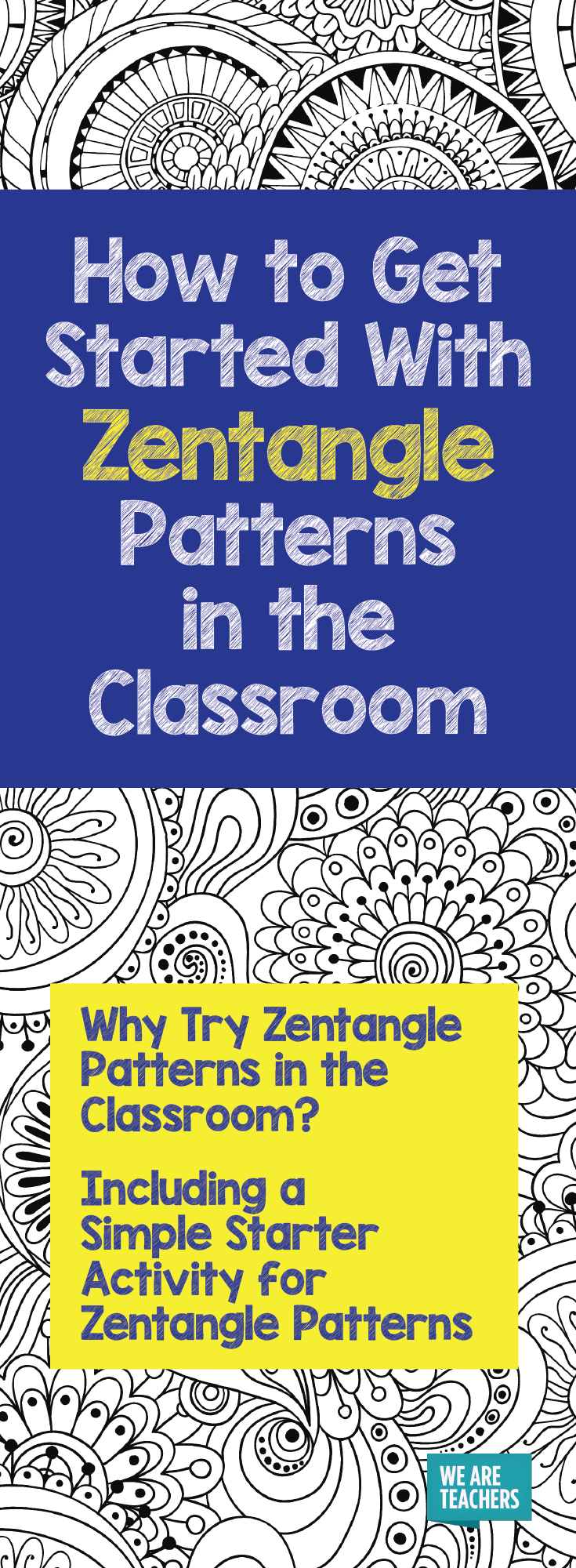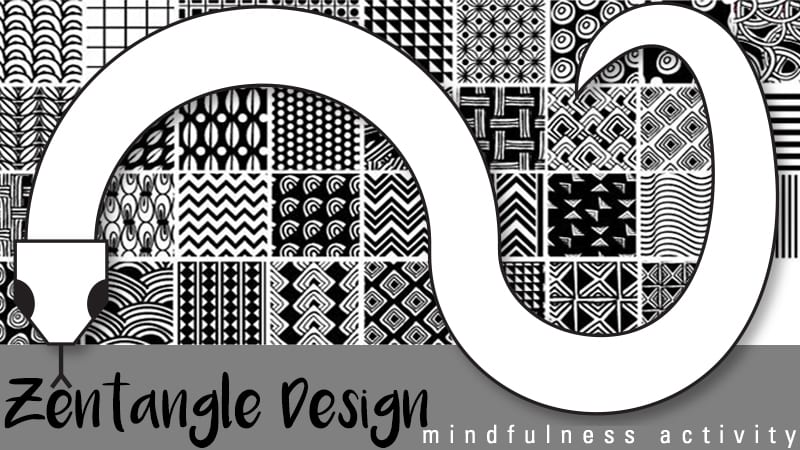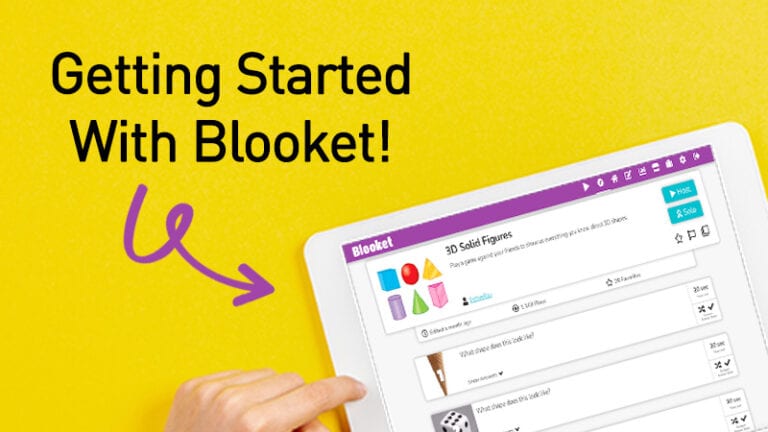Zentangle patterns are unplanned, abstract, black-and-white art made up of beautiful patterns. According to the trademarked Zentangle Method, true Zentangles are always created on 3.5-inch (8.9 cm) square tiles and are always done in black ink on white paper. The process of creating a Zentangle is considered a form of “artistic meditation.” Its creation is celebratory.
Like meditation, the Zentangle Method is meant to feel freeing and healing. Students don’t need special tools or technology because Zentangle patterns are considered timeless, simply putting pen to paper. The Zentangle Method was invented by Rick Roberts and Maria Thomas. The two discovered that the act of drawing abstract patterns with a few basic rules was a meditative art form.
Why Try Zentangle Patterns in the Classroom?
- They are relaxing.
- They work for nonverbal journaling.
- They can help with behavior modification and anger management.
- They nurture and develop creative abilities.
- They improve eye/hand coordination.
- They increase attention span and ability to concentrate.
- They foster problem-solving skills.
A Simple Starter Activity for Zentangle Patterns
What you need:
- Snake zentangle printable
What to do:
- Give each student the printable provided and a thin, black Flair pen. Then have students draw a string—“A light curved line or squiggle that will lend structure to your design.” The line should divide the snake into sections in which students will next create patterns.
- Create tangles. A tangle is a pattern drawn in pen along the contours of a string in one of the open spaces. Your students can draw a different pattern in each available space.
Once students are finished creating, showcase their beautiful Zentangle patterns in your classroom or hallway! Zentangle art is perfect to integrate into your classroom during downtime. Students can relax while building critical thinking skills. I invite you to try the Zentangle Method in your classroom!


